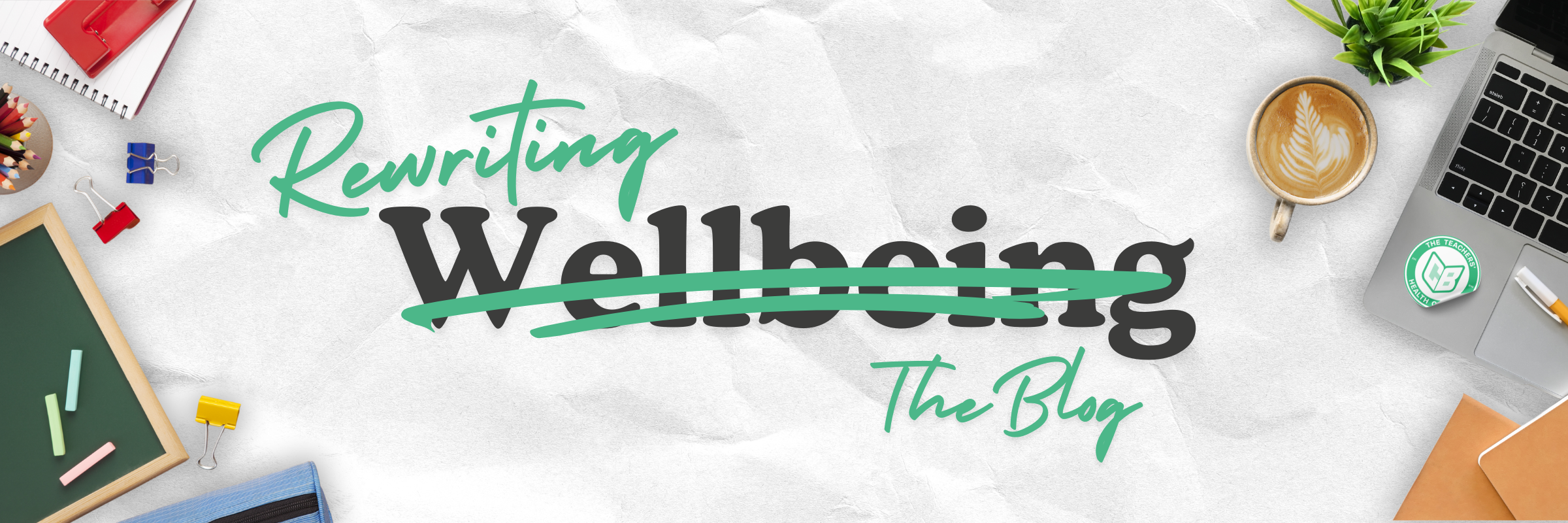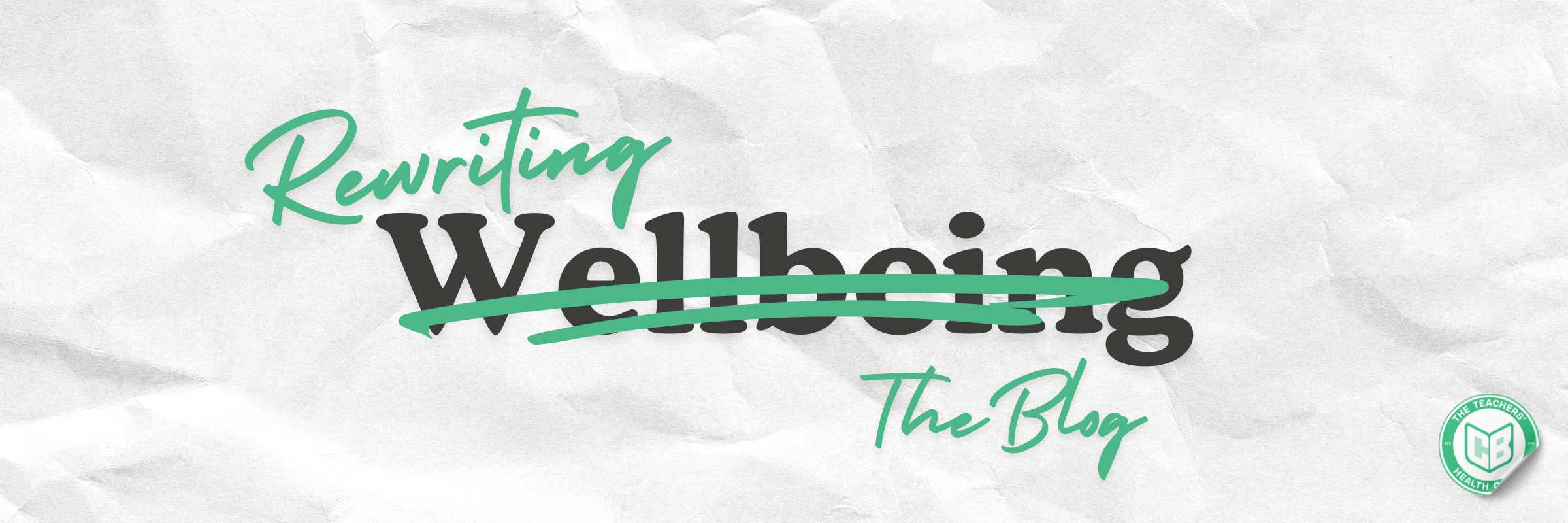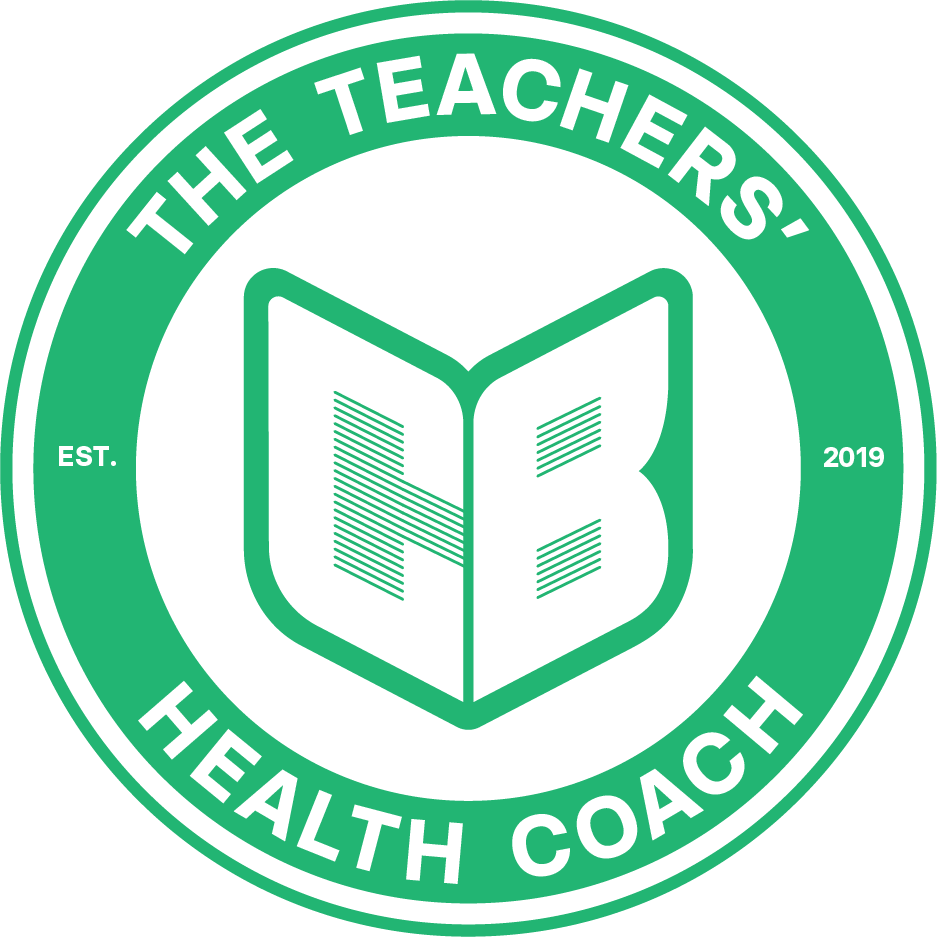


Teacher Burnout: Why Is It Really On The Rise?
Imagine this for a moment…
You’re an interplanetary being, tasked with the job of observing Earth over the centuries; especially the world of wellbeing in education, for some convenient reason…
You decide to visit the blue planet every three decades or so just to see how the humans are getting on. Now imagine your surprise when you drop down beneath the clouds and sneak into a school for the first time since 1994!
Shock? Confusion? Maybe horror?
The contrast you would see in teachers’ wellbeing from 1994 to 2024 would be stark, on that we can all agree. But why have things changed so much in the last 30 years?
Note: Before I go on I think it’s important to say I’m 32. I was still a couple of years away from starting school in 1994! I’m writing this as someone who has been involved in schools “professionally” since 2009 (my first work placement position), began my BEd in 2011 and then taught from 2014 - 2022. However, as the son of a very dedicated midday assistant, school cleaner and (a bit later) nursery assistant, I have spent the majority of my life in schools and around teachers. This article is just a 30-something teacher’s take on the changes I’ve observed in that time.
We all know the usual culprits: reduced relative funding, increased accountability and a rapidly disappearing respect for the profession, all of which have led to ever-increasing expectations and rising workload for those in schools.
But today I want to talk about something a bit different, something that’s rarely spoken about and something we can impact in our schools today simply by being honest about it: presenteeism - and our new ultra-access to work that makes it so poisonous.
Presenteeism is usually defined as when an employee continues to work when ill, and is often linked to toxic work environments, a lack of support and low self-worth of the individual. Sometimes it’s talked about more in reference to staff productivity and “output” - shudders!
But I think for us as teachers, this definition needs expanding. Something like:
Presenteeism (n): when staff work, and feel compelled to work, despite being unwell, absent or being outside of contracted working hours.
Note the addition of that last phrase!
This, alongside working when unwell, I feel is a huge contributing factor to the waves of poor staff wellbeing we’re continuing to see sweep across schools in 2024 and it’s only made worse by our increased accessibility to work.
If we compare 1994, 2004, 2014 and now 2024, let’s take a moment to think about just how much easier it has become to access work - and for those at work to access us! We can get the internet almost anywhere on the planet; we can have our emails, parent portals, even our documents on screens that live in our pockets; and, maybe most worryingly, people can contact us any minute of any day - and often do!
As I write this, I’m reminded of my partner - a Year One teacher - receiving a work-related text at half-past ten last night, as we were about to switch off our bedside lamps; this isn’t an isolated incident. Teachers. In bed. About to sleep... Getting texts about school!
I believe that alongside all the other struggles we’ve seen in education, especially in the last 15 years, this accessibility to us as professionals is a huge contributing factor. Even more so if you pair it with more and more teachers feeling they’re not doing a good enough job due to over-observation, constant criticism and the incessant messaging that they always need to be doing better than the day before!
So, let’s say this is true and this new-age presenteeism is pouring pressure onto teachers leading to poorer mental health and wellbeing. What can we do about it?
Warning! I’m about to say the B-word! But before you click off this screen or tune out completely, I want to caveat this by saying that I’m actually going to give you some useful perspectives to help you build said…
Boundaries.
I know it’s another word that’s beginning to be bandied around a little too much, sometimes even by those who then go on to overstep the suggested boundaries, but I think they're important to discuss.
I want to keep concise and pragmatic with the boundaries I’m about to suggest, something I feel isn’t done enough within education. There are 5 main areas I see as important to protect and I’ve worked them into a handy model to help you to create SWIFT (no relation to Taylor!) boundaries:
School: Setting boundaries for time physically spent in school. Like all boundaries, this needs to be individualised. What working hours work best for you will differ from your colleagues, and that’s okay. Know that you don’t need to follow others’ working patterns and remember this when you’re asking things of others.
Top Tip(s): Communicate the times you’ll be in and times you’ll leave with colleagues; ask for their support to nudge you out the door. Set timers, alarms and reminders to pack up and go. Build a “power down routine” of 1-3 things to do before leaving each evening to prime your brain to get going!
Workload: This one isn’t easy; especially if, like most of us, you have workload being handed down from others. Where possible, set limits for yourself. Be aware, this might involve some uncomfortable conversations.
Also, think about how you might manage your work. Looking at tools and systems like The Pareto Principle (80:20 rule), Parkinson’s Law (work expands to fill the time we give it) and the Pomodoro Technique (bouts of productivity and rest) to help.
Top Tip(s): Be careful not to add projects to your to-do lists disguised as single tasks. Projects are things that have lots of little steps; make sure to break them down and timeblock them on your calendar.
Interactions: As discussed, as educators we are more “on call” than ever before. Barring a few key responsibilities at certain times, school staff are not an emergency service, though it does feel like it on occasion! Like all other boundaries though, it is up to us to set the standard here. If colleagues (or even parents) get the message they can contact you at any time of the day, they will!
Set limits on contact and access to you. It might mean removing apps off your phone, logging out of certain portals or even leaving your laptop at school - difficult, I know! Most importantly, tell people when you can and can’t be contacted and hold to those boundaries as much as possible.
Top Tip: Don’t apologise! “Thank you for your patience” is fine, “I’m really sorry I haven't got back to you” suggests you’ve done something wrong.
Fulfillment: This is one I talk about with teachers all the time as it’s often one we overlook: time for fun, pleasure, joy, purpose! It’s really difficult to set boundaries around the time we spend in school, the time we spend working or the access colleagues have to use if they don't have much else to fill that time with! A bit harsh, I know…
But this is coming with compassion from someone who has, in the past, poured every minute of every day into teaching, leading me to lose touch with friends, struggle to find joy in my hobbies and sacrifice months of my life to the monotonous trudge of term time!
Top Tip(s): Plan this time in your calendar in advance, get others to encourage you and reward yourself when you hit a streak of times you prioritise it!
Togetherness: The final area of life to protect are your connections: family, friends and community. Almost every study, research paper and book on happiness tells us just how important our relationships are for our wellbeing. And it just so happens that many of the 52% of teachers considering leaving the profession cite the impact of teaching on their relationships as one of their reasons (Education Support, 2023).
Making time away from work, devices and other distractions to be with others is a huge predeterminer of our mental wellbeing and overall happiness. We know that our love & connection hormone oxytocin is impeded by distractions when socialising. It’s time we get back to doing what we do best: connecting with others.
Top Tips: In your time with others, suggest a screenfree environment and maybe some movement. These are fantastic ways to reduce our stress chemicals like cortisol and adrenaline and increase our positive mental health chemicals like oxytocin & serotonin!
So, as we move forward into the depths of the Autumn term, as the weather gets wetter and the days darker, go back and it might help to check-in with your boundaries. Are you happy with how much you’re giving to school?
Or is it time to address the professional presenteeism in your life?
Recommended Reading & References
Teacher Burnout & Presenteeism
Social Psychology of Education (2023) Bergström, G., Bodin, L., Hagberg, J., Lindh, T., Aronsson, G., & Josephson, M. (2023). The relationships between teacher presenteeism, emotional demands, trust in principal and emotional exhaustion: A multilevel moderated mediated analysis. Social Psychology of Education. doi: https://doi.org/10.1007/s11218-023-09729-y
Work-Life Boundaries and Blurred Lines
Education Hub, GOV.UK (2024) Department for Education. (2024). How we’re reducing teacher workload – The Education Hub. Retrieved from https://educationhub.blog.gov.uk/
Reducing School Workload - GOV.UK (2019) Department for Education. (2019). Reducing school workload. Retrieved from https://www.gov.uk/government/publications/reducing-school-workload
Importance of Boundaries for Teacher Wellbeing
Educational Management Administration & Leadership (2023) Coban, Ö., Özdemir, N., & Bellibaş, M. (2023). Trust in principals, leaders’ focus on instruction, teacher collaboration, and teacher self-efficacy: Testing a multilevel mediation model. Educational Management Administration & Leadership, 51(1), 95–115. doi: https://doi.org/10.1177/1741143220968170
CalState ScholarWorks (2022) CalState ScholarWorks. (2022). Revealing Teacher Burnout: Causes and Solutions. Retrieved from https://scholarworks.calstate.edu/
The Role of Togetherness in Wellbeing
MDPI Education Sciences (2023) Turner, K., & Garvis, S. (2023). Teacher Educator Wellbeing, Stress and Burnout: A Scoping Review. Education Sciences, 13(4), 351. doi: https://doi.org/10.3390/educsci13040351
Springer (2023) The Role of Social Support, Gratitude, and Hope in Teacher Burnout. Springer. Retrieved from https://link.springer.com/
Related Reading
Kell, Emma. (2018). How to Survive in Teaching Without Imploding, Exploding or Walking Away. Bloomsbury Education.
Bethune, Adrian. (2018). Wellbeing in the Primary Classroom: A Practical Guide to Teacher and Pupil Wellbeing. Bloomsbury Education.
McGill, Ross Morrison. (2017). Teacher Toolkit: Helping You Survive Your First Five Years. Bloomsbury Education.
Thom, Jamie. (2020). A Quiet Education: Challenging the extrovert ideal in our schools. John Catt Educational.




